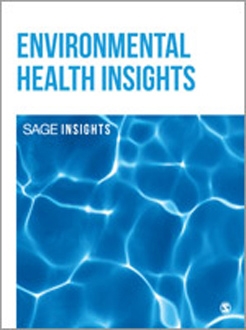Dear Editor,
First, the authors claim that we did not detect hypercapnia. True, this is stated clearly in the manuscript, and was not an aim of our study.1
Second, the authors state that “the level of carbon dioxide considered as the limit by the authors is 5000 ppm.” Indeed, this is not “a limit considered by the authors”, this is the limit established by the Law, including the Italian one.2 Besides, and more importantly, the authors claim that the only CO2 concentration that is concerning is the extreme threshold of 50 000 ppm, which is known to have acute toxicity. However, I suggest the authors to treat this topic with the same caution that they ask from us: dismissing the cutoff established by a number of Environmental agencies worldwide,3,4 is basically implying that these agencies identified a meaningless threshold, with no real clinical significance. If the authors think that this is the case, they should provide some very solid evidence. If so many agencies established such a limit, might there be a reason?
Third, the authors mention one of their studies,5 in which they found no significant changes in SaO2 and PETCO2 in 47 children, followed for 30 minutes. Indeed, we cited the study, correctly reporting that it “identified no changes in physiologic parameters with surgical masks.” We are the first to be glad about these results, and we have no doubts that their study is the first one without limitations. However, these positive findings on a 30-minute span, although important, are certainly not sufficient to conclude that face masks are the best option for children everywhere and at all times. We do need in-depth harm-benefit, cost-effectiveness, cost-utility, and long-term psychological evaluations, and any conclusion without such fundamental assessments cannot be firm.
Finally, the authors wrote “we believe that the message is the increase in inhaled CO2 concentration while wearing Face Masks not supported by clinical evidence could be dangerous.” We understand the point, we heard this concern from multiple sources during the study, and even before. But we realized, and hope we will all agree, that it would be even more concerning, for Science, to draw simplistic and (inevitably) scarcely supported conclusions, impose them as unquestionable, and deem every possibly conflicting evidence as “dangerous.”





